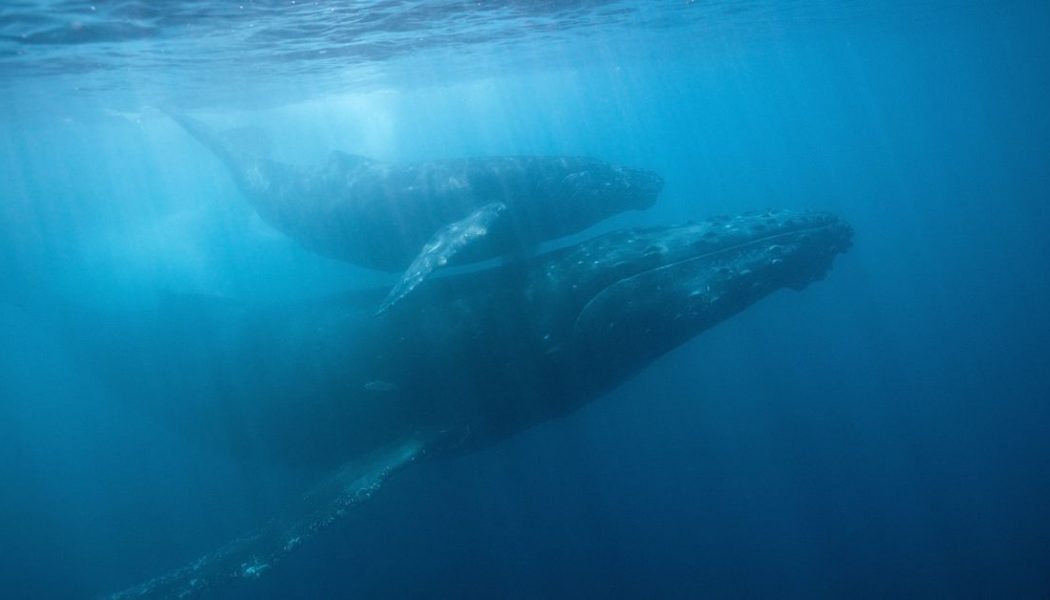
The economic fallout from COVID-19 has temporarily muted some of the noise coming from maritime traffic. That’s given scientists a rare opportunity to study what happens to marine life when humans quiet down.
Humans today pollute oceans with whirring ship propellers and booming air guns searching for oil and gas deposits. Seeing whales and other creatures’ behavior now that the pandemic has quieted things down is like a peek into what marine life was like before humans drastically turned up the volume over the past 200 years.
“It’s like this horrible pandemic confined us humans into really small spaces but gave the whales back a lot of room to grow, both physically and acoustically,” Christine Gabriele, a wildlife biologist at Glacier Bay National Park and Preserve, said in a press briefing. “I’m lucky actually to take this once in a lifetime opportunity to study whale communication in natural quiet.”
Without the presence of cruise ships and tour boats that bring hundreds of thousands of visitors to Glacier Bay, Alaska, each year, humpback whales had a chance to take up more space and relax. Researchers observed them socializing and even taking naps out in the middle of channels that typically would have been loud and busy with vessels. Median daily sound levels in the bay in 2020 were 50 percent quieter than they were at the same time last year, according to Gabriele. It was so quiet, Gabriele was able to listen in on what she believed was a long exchange between a mother and calf.
Gabriele and other researchers are tuning into a network of hydrophones, which are basically underwater microphones, to document these changes. She was one of several scientists with the National Park Service, National Oceanic and Atmospheric Administration (NOAA), and Texas A&M University at Galveston who shared preliminary findings from their research today. They held a briefing on ocean noise during the annual American Geophysical Union Fall meeting.
Along the coastlines of the Pacific Northwest and British Columbia, ocean noise levels dropped by about 30 percent this spring, thanks to fewer vessels. Human-created noise off the shorelines of California and Massachusetts also decreased, researchers said during the briefing. They’re still conducting their studies and have yet to publish much of their work. They plan to collaborate with scientists from other regions of the world to get a better global picture of the pandemic’s effects on ocean soundscapes.
The researchers will also continue watching humpback whales closely. They’ll take biopsy samples from the whales to see if there are any differences in their stress hormones this year and next year. And they’re listening in on how the whales’ communication might change. They’re curious about whether whales’ vocalizations get more complex when they can hear each other better and vice versa. Studies in the past have found that whales raise their voices as ambient noise increases — just like humans might in a noisy environment — which doesn’t usually make for drawn-out exchanges.
There are plenty of other ways that diverse sea life depends on sound to navigate their worlds, find food, and avoid becoming food for something else. Scientists are scrambling to make the most out of this quiet reprieve to better understand all that. The hope is that some of this research can inform policies and technological advances that might be able to keep the ocean clamor down to bearable levels in the future, even as economic activity picks back up.










